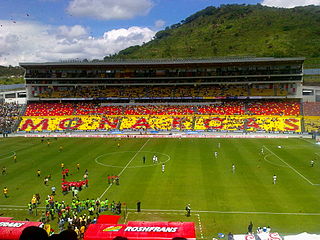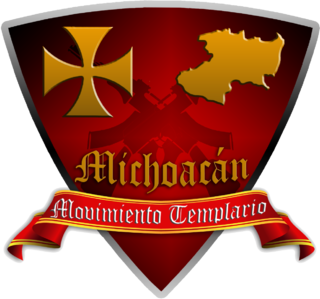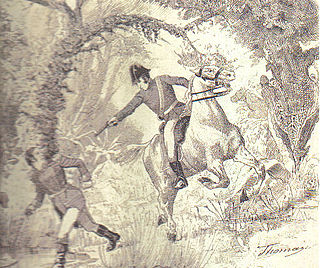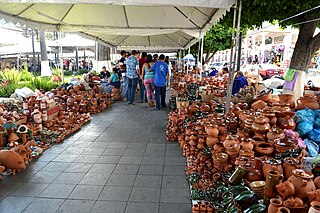This article does not cite any sources .(May 2016) (Learn how and when to remove this template message) |
| (Mexico) | |
|---|---|
| Value | 50 Mexican pesos |
| Width | 127 mm |
| Height | 66 mm |
| Paper type | Polymer |
| Obverse | |
| Design | José María Morelos y Pavón |
| Reverse | |
| Design | Aqueduct of Morelia |
The Mexican 50-peso note is second-smallest denomination of Mexican currency.
The Mexican peso is the currency of Mexico. Modern peso and dollar currencies have a common origin in the 15th–19th century Spanish dollar, most continuing to use its sign, "$". The Mexican peso is the 10th most traded currency in the world, the third most traded currency from America, and the most traded currency from Latin America.
Contents
- Description
- Measured of security
- Sensitive reliefs to the touch
- Texts microimpresos
- Thread microimpreso
- Linear bottoms
- Watermark
- Transparent window
- History
- Type D
The obverse has the portrait of José María Morelos y Pavón, insurgent Mexican that struggled in the second phase of the Independence, also has the banner of Morelos and a butterfly of transparent colour.
In reverse has the aqueduct of Morelia that situates in the state of Michoacán, also finds the symbol of the Bank of Mexico and the symbol prehispánico of Michoacán (That it means: "The ones of the earth of the fish").

Morelia is a city and municipality in the north central part of the state of Michoacán in central Mexico. The city is in the Guayangareo Valley and is the capital and largest city of the state. The main pre-Hispanic cultures here were the Purépecha and the Matlatzinca, but no major cities were founded in the valley during this time. The Spanish took control of the area in the 1520s. The Spanish under Viceroy Antonio de Mendoza founded a settlement here in 1541 with the name of Valladolid, which became rival to the nearby city of Pátzcuaro for dominance in Michoacán. In 1580, this rivalry ended in Valladolid's favor and it became the capital of the colonial province. After the Mexican War of Independence, the city was renamed Morelia in honor of José María Morelos, who hailed from the city. In 1991, the city was declared a UNESCO World Heritage Site for its well-preserved colonial buildings and layout of the historic center.

The Bank of Mexico, abbreviated BdeM or Banxico, is Mexico's central bank, monetary authority and lender of last resort. The Bank of Mexico is autonomous in exercising its functions, and its main objective is to achieve stability in the purchasing power of the national currency.

Michoacán, formally Michoacán de Ocampo, officially the Free and Sovereign State of Michoacán de Ocampo, is one of the 31 states which, with the Federal District, comprise the 32 Federal Entities of Mexico. The State is divided into 113 municipalities and its capital city is Morelia. The city was named after José María Morelos, one of the main heroes of the Mexican War of Independence.
















